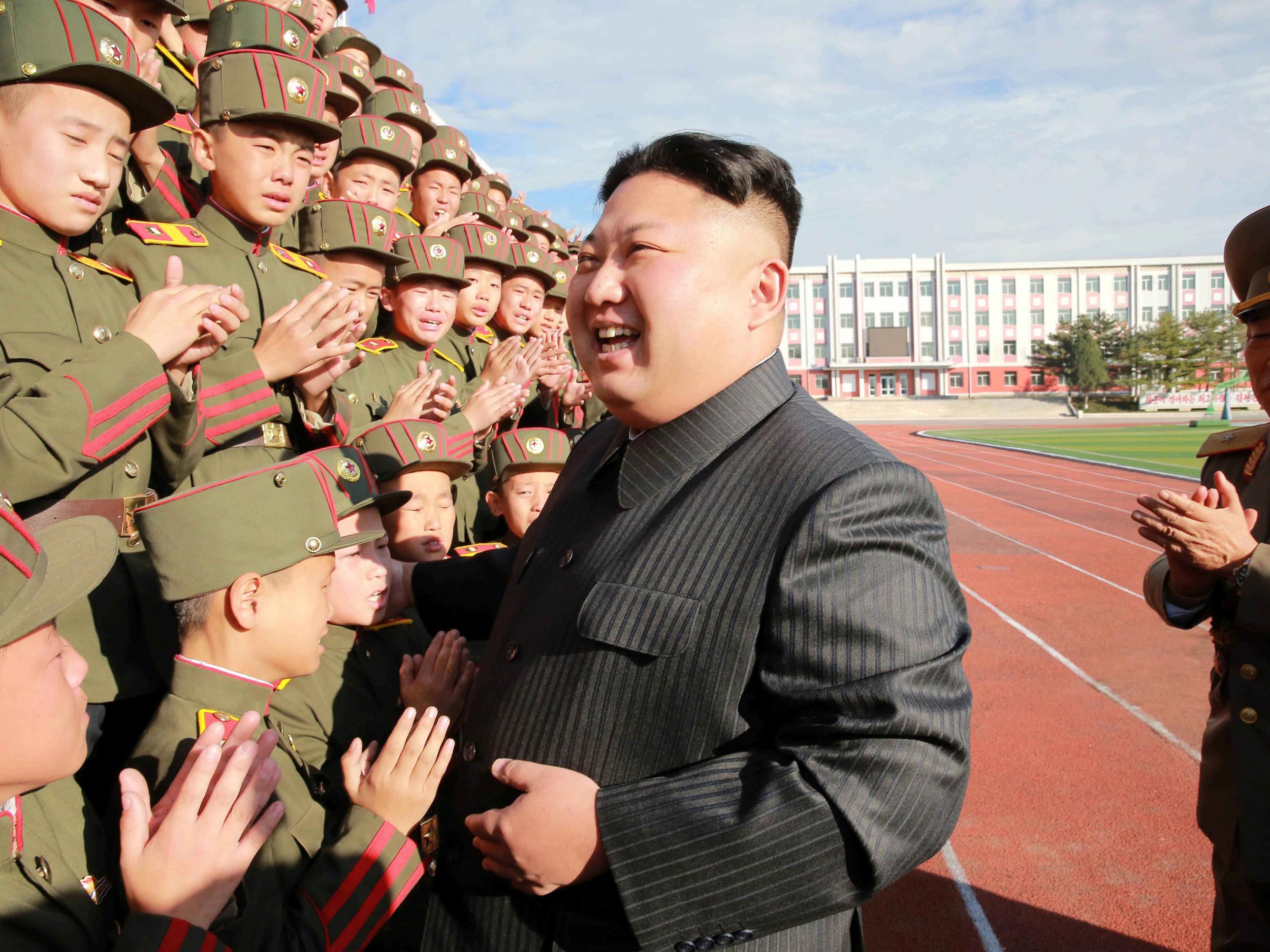Aftershocks detected 14 weeks after North Korea nuclear test 'moves Earth's crust'
‘It takes a while for the crust movement to fully subside’, says USGS

Your support helps us to tell the story
From reproductive rights to climate change to Big Tech, The Independent is on the ground when the story is developing. Whether it's investigating the financials of Elon Musk's pro-Trump PAC or producing our latest documentary, 'The A Word', which shines a light on the American women fighting for reproductive rights, we know how important it is to parse out the facts from the messaging.
At such a critical moment in US history, we need reporters on the ground. Your donation allows us to keep sending journalists to speak to both sides of the story.
The Independent is trusted by Americans across the entire political spectrum. And unlike many other quality news outlets, we choose not to lock Americans out of our reporting and analysis with paywalls. We believe quality journalism should be available to everyone, paid for by those who can afford it.
Your support makes all the difference.Geologists have detected two tectonic tremors that they say are probably aftershocks from North Korean nuclear tests conducted over three months ago.
The artificial explosion created near a known nuclear testing site in North Korea had “moved the Earth’s crust” and subsequent seismic activity showed the region’s underlying geology settling back down, experts said.
The aftershocks, of magnitude 2.9 and 2.4, were detected at 6.13am and 6.40am GMT on Saturday respectively, said the US Geological Survey (USGS).
Lassina Zerbo, executive secretary of the Vienna-based Comprehensive Nuclear-Test-Ban Treaty Organisation, said analysts had confirmed that the activity was “tectonic” in origin.
A USGS official said the tremors had occurred near the Punggye-ri nuclear test site, where North Korea conducted its sixth and largest underground nuclear test on 3 September.
“They’re probably relaxation events from the sixth nuclear test,” the official said. “When you have a large nuclear test, it moves the earth’s crust around the area, and it takes a while for it to fully subside. We’ve had a few of them since the sixth nuclear test.”
Pyongyang claimed the September test was of a thermonuclear hydrogen bomb, and experts have estimated it was 10 times more powerful than the US atomic bomb dropped on Hiroshima in 1945.
A series of quakes since then has prompted experts and observers to suspect the test might have damaged the mountainous location of its site in the northwest tip of North Korea, where all of the country’s nuclear tests have been conducted.
South Korea’s spy agency told the country’s lawmakers in October that North Korea might be readying two more tunnels at the site.
North Korea hinted its next nuclear test could be above ground after US President Donald Trump warned in September that the United States would “totally destroy” North Korea if it threatened America.
Another possible obstacle to North Korea’s use of Punggye-ri for tests is the nearby active volcano of Mount Paektu, which North Koreans consider a sacred site. Its last eruption was in 1903, and experts have debated whether nuclear testing could trigger another.
North Korea’s official media reported on Saturday that national leader Kim Jong-un had scaled Mount Paektu with senior military officials to “emphasise his military vision” after completion of the country’s nuclear force.
But pictures released by the official KCNA news agency showed him wearing smart black leather shoes and carrying no specialised equipment.
Mr Kim declared the nuclear force complete after the test of North Korea’s largest ever intercontinental ballistic missile last month, which experts said puts all of America within range.
South Korea said Pyongyang still needed to prove it has mastered critical missile technology, such as re-entry, terminal stage guidance and warhead activation, however.
Additional reporting by agencies
Join our commenting forum
Join thought-provoking conversations, follow other Independent readers and see their replies
Comments